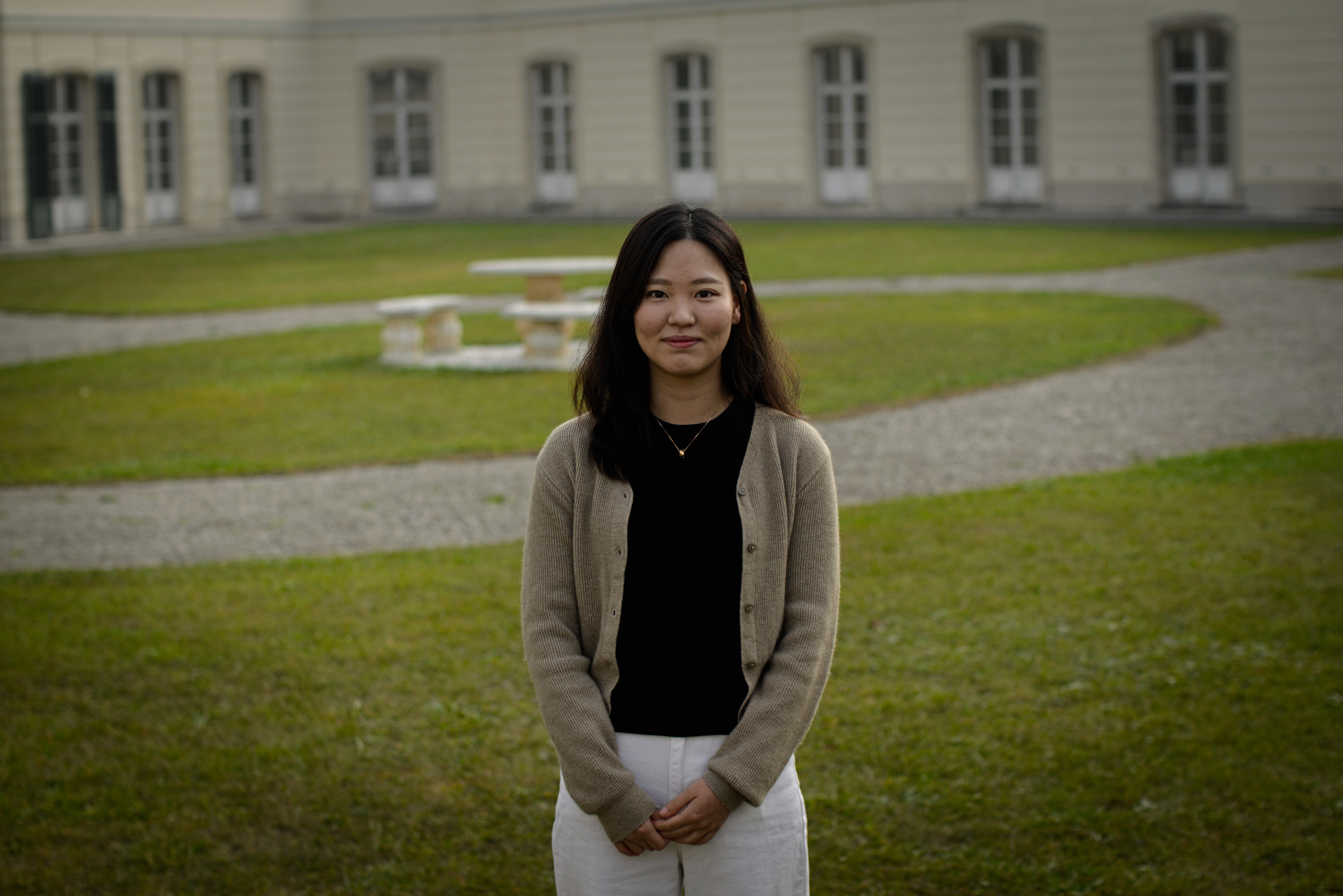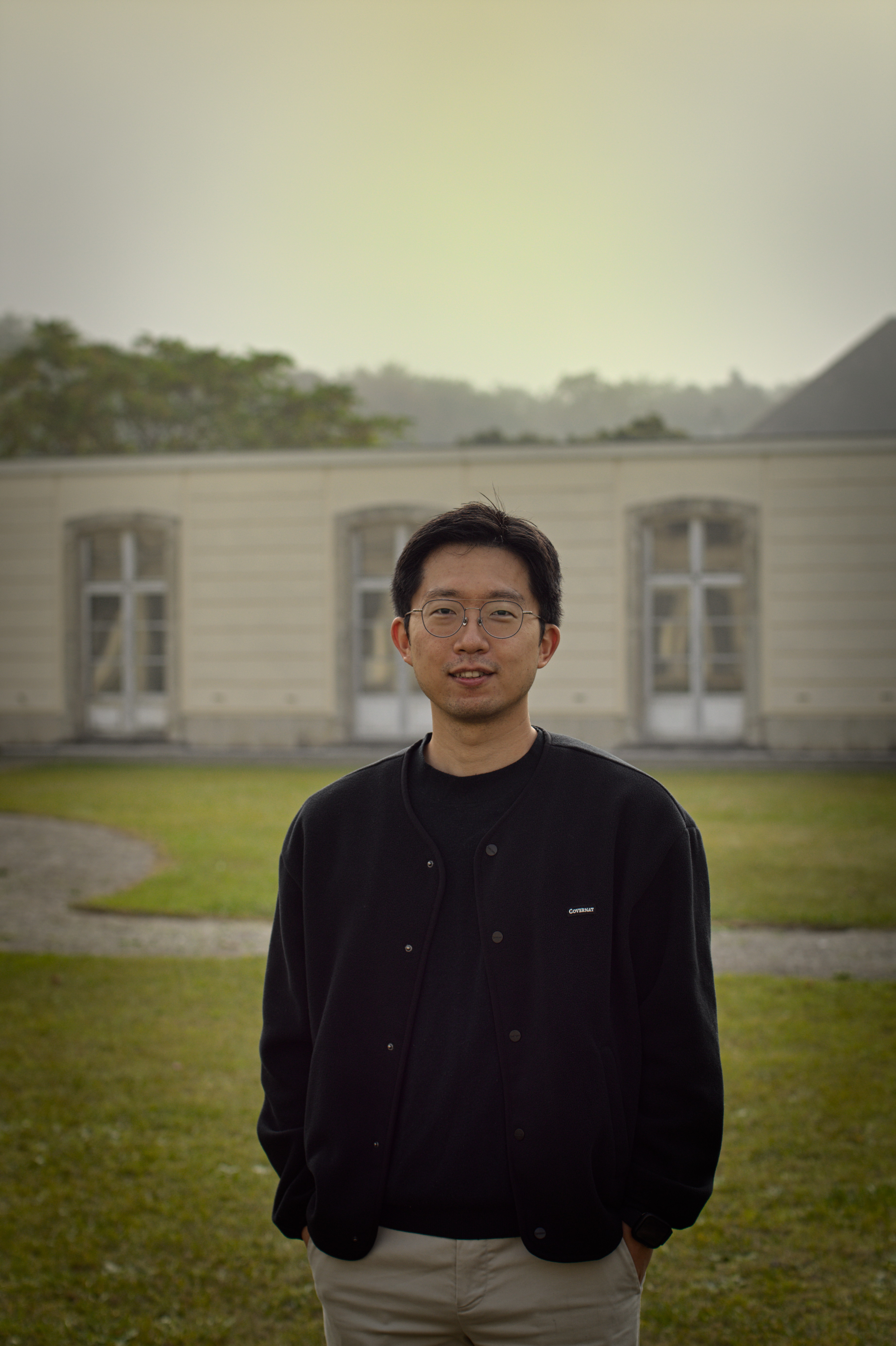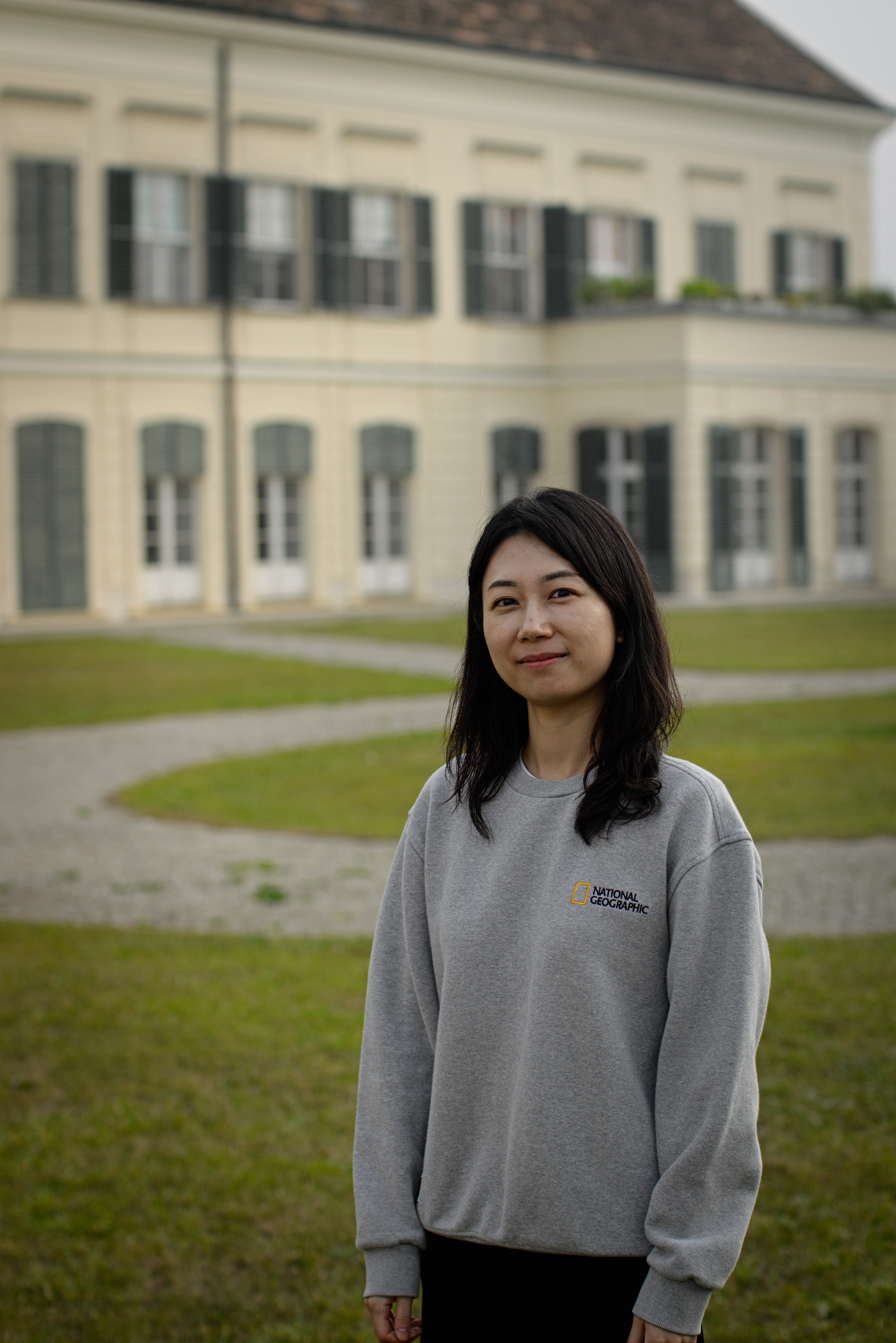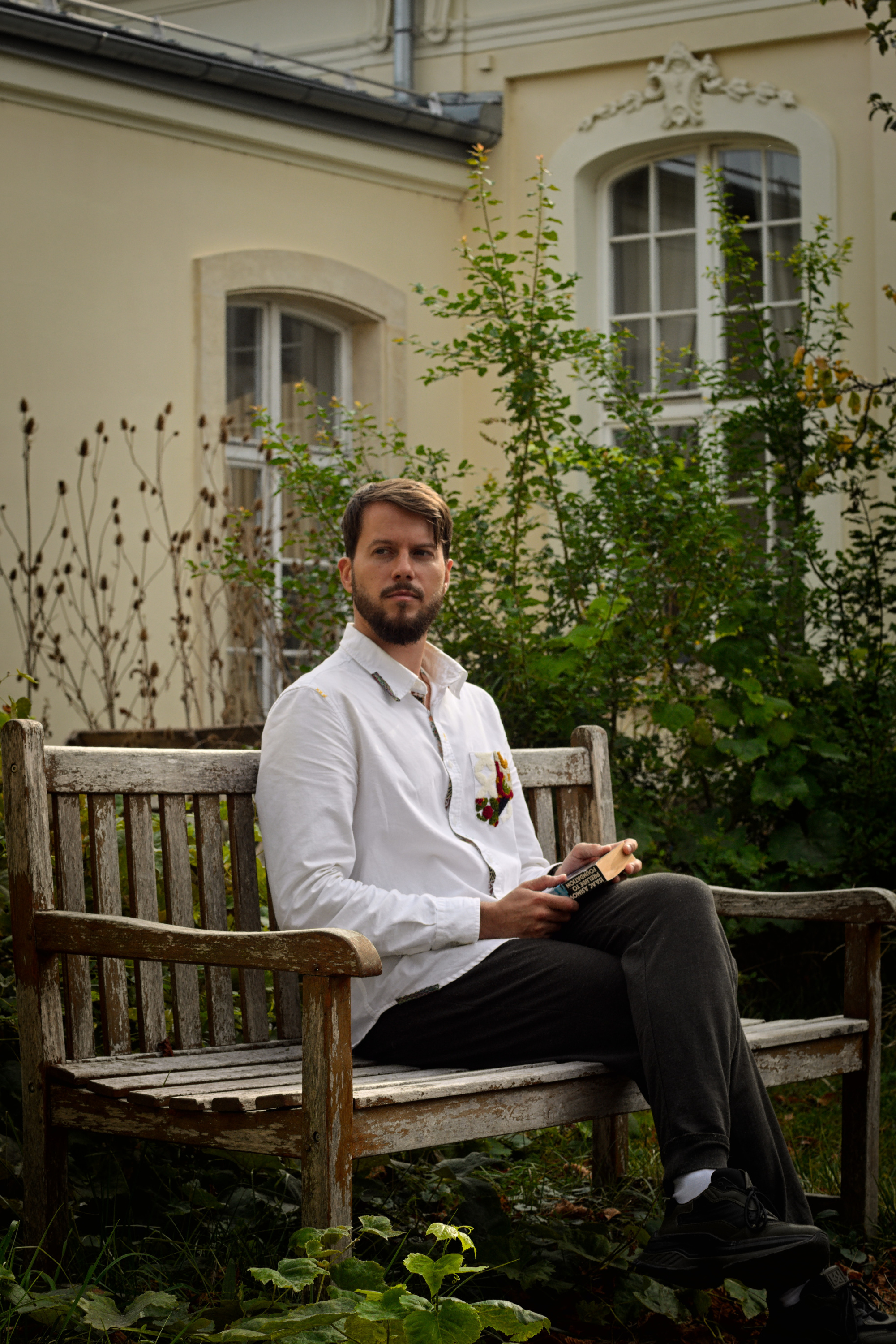We are pleased to announce the arrival of four new researchers to the Agriculture, Forestry, and Ecosystem Services Research Group. With varying backgrounds and research objectives, this quartet is poised to elevate the group's interdisciplinary research in global and regional agriculture, forestry, and natural land ecosystems.
Eunbeen Park
Eunbeen Park was an IIASA YSSP fellow in 2021 and recently earned Ph.D.'s in Environmental Planning and Landscape Architecture from the Department of Environmental Science and Ecological Engineering, Korea University, Republic of Korea. In her PhD, Eunbeen developed a diagnostic prediction model (DPM) that accurately identifies prediction targets by calibrating predicted future residuals with the latest land observations from satellite images. Her professional background focused on spatiotemporal modeling, specifically natural disasters (drought and flood), disaster risk reduction (DRR), and risk assessment of agriculture and forest under climate change.
During her postdoctoral fellowship, her research will attempt to bridge the gap between planning and management regarding spatial modeling to promote more effective and sustainable environmental management practices. Using the latest national forest information for North and South Korea, she will integrate land surface features into the Global Forest Model (G4M) algorithms at various spatial levels (such as watershed units) and simulate decision-making scales to determine the most efficient approaches for optimizing forest productivity and deriving sustainable forest management strategies.
Outside of research, she loves snowboarding, singing, and listening to music.
Hyun-Woo Jo
Hyun-Woo Jo has a doctoral degree in Environmental Planning and Landscape Architecture from Korea University, South Korea. His professional background focused on spatio-temporal modelling, remote sensing, and deep-learning. His research aims for integrating domain-specific knowledges in agriculture and forestry field into machine learning and remote sensing techniques, so we can best exploit our knowledge to guide machine-learning processes.
His academic journey with IIASA's forest fire model FLAM started with his YSSP experience in 2022 when he applied the model to South Korea, followed by additional development by integrating FLAM with neural networks in his doctoral dissertation. During his postdoctoral fellowship, he plans to integrate FLAM with the other models of the AFE group to dynamically model forest fires, forest growth, and management in tight collaboration with the FLAM team.
Hyun-Woo has a passion for soccer, particularly as a goalkeeper. During his time in the YSSP program, he had the opportunity to play soccer with the IIASA football club. Unfortunately, he had to miss several games to calibrate FLAM for South Korea, and this experience of disappointment inspired him to develop an automated calibration process as part of his doctoral dissertation.
Mina Hong
Dr. Hong obtained doctoral degrees in Environmental Science as well as Resource Economics from Korea University in 2022. During her doctoral studies at Korea University, she specialized in developing GIS data-based forest growth management models, with an emphasis on forest growth responses to climate change, CO2 sequestration, management strategies, risk assessment, and cost-benefit analysis. Recently, she has been particularly dedicated to research on Bio-Energy Carbon Capture Utilisation & Storage (BECCUS), based on South Korea's forest growth models. She also brings experience from her involvement in various research projects focused on the development of forest growth and management models.
Mina's plan for her postdoctoral fellowship in IIASA is advancing the South Korean forest dynamic growth model and integrating it with AFE's BeWhere model. Her research focus will involve simulating carbon changes from forest harvesting and BECCUS in South Korea, with the aim of analyzing pathways for South Korea to achieve carbon neutrality.
Apart from research, she is interested in traveling and listening to music.
Pavel Kiparisov
Pavel's "flame" interests include the study of complex dynamic systems, system resilience, and network science. He is in his final year of doctoral program at the Central European University in Vienna. His research contributes to the understanding of the vulnerability and resilience of urban systems to various disasters affecting critical infrastructure and services. He focuses on studying the availability and accessibility of facilities during disasters such as floods, hurricanes, earthquakes, industrial accidents, and forest fires. The methods he deploys are geographic information system and network analysis. In his own words, "With the increasing frequency of disasters around the world and the threats they pose, we need tools to identify vulnerabilities in urban systems and to quickly quantify infrastructure damage and the number of people affected". His goal is to help cities prepare for extraordinary events that are difficult or impossible to predict. At IIASA, Pavel will support his team in the application and development of the FLAM model, which is rapidly gaining demand. "I am excited to have the opportunity to support the model that has such great potential and proven utility," says Pavel.
Pavel strives to be an all-rounder, and in addition to his knowledge of environmental and network sciences, he has expertise in political science, economics, and international relations, in which he was formally educated in Russia, Hungary, and Belgium.
In his free time, Pavel hits the tatami, plays and composes music, and reads classic sci-fi.










